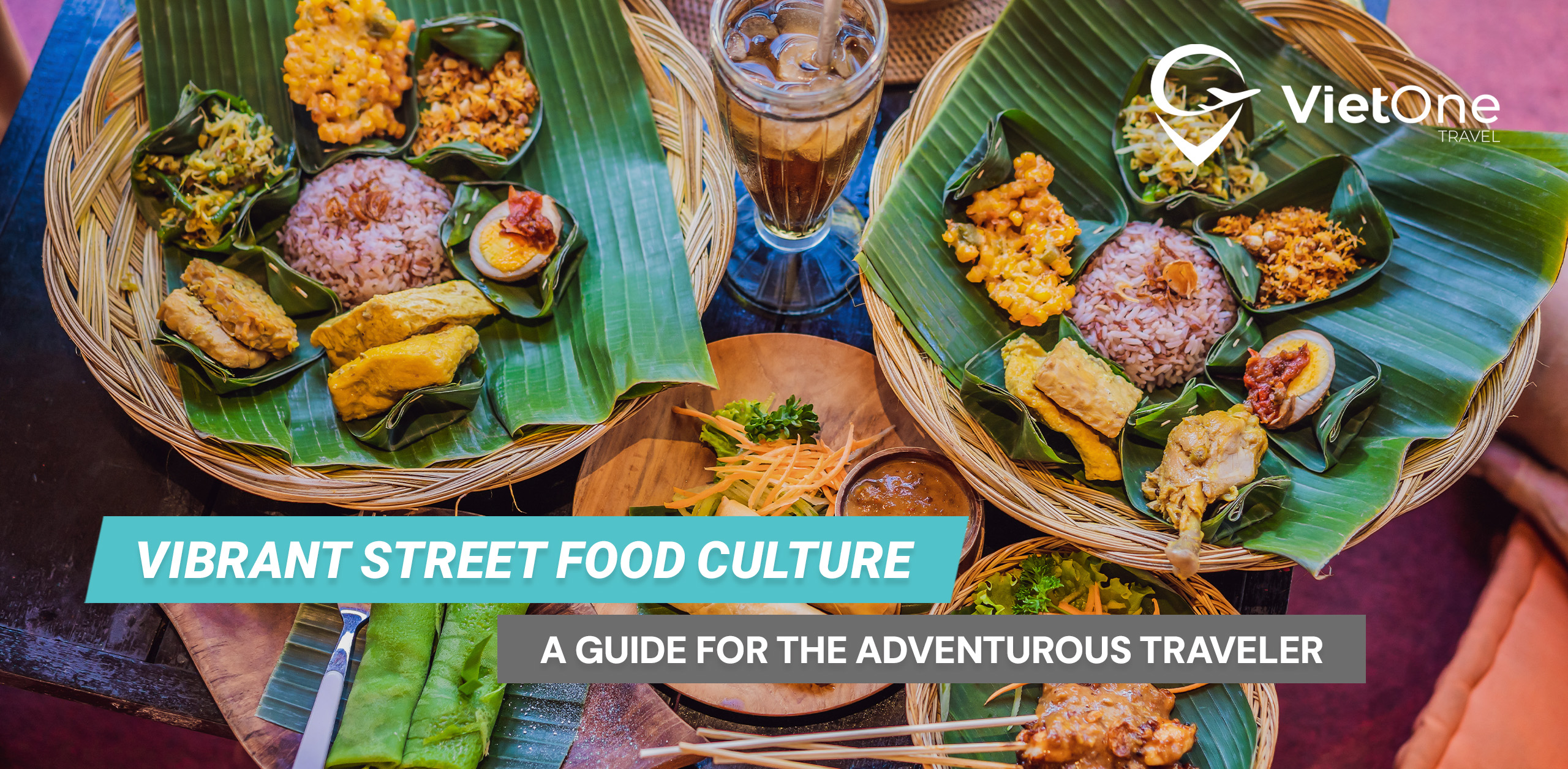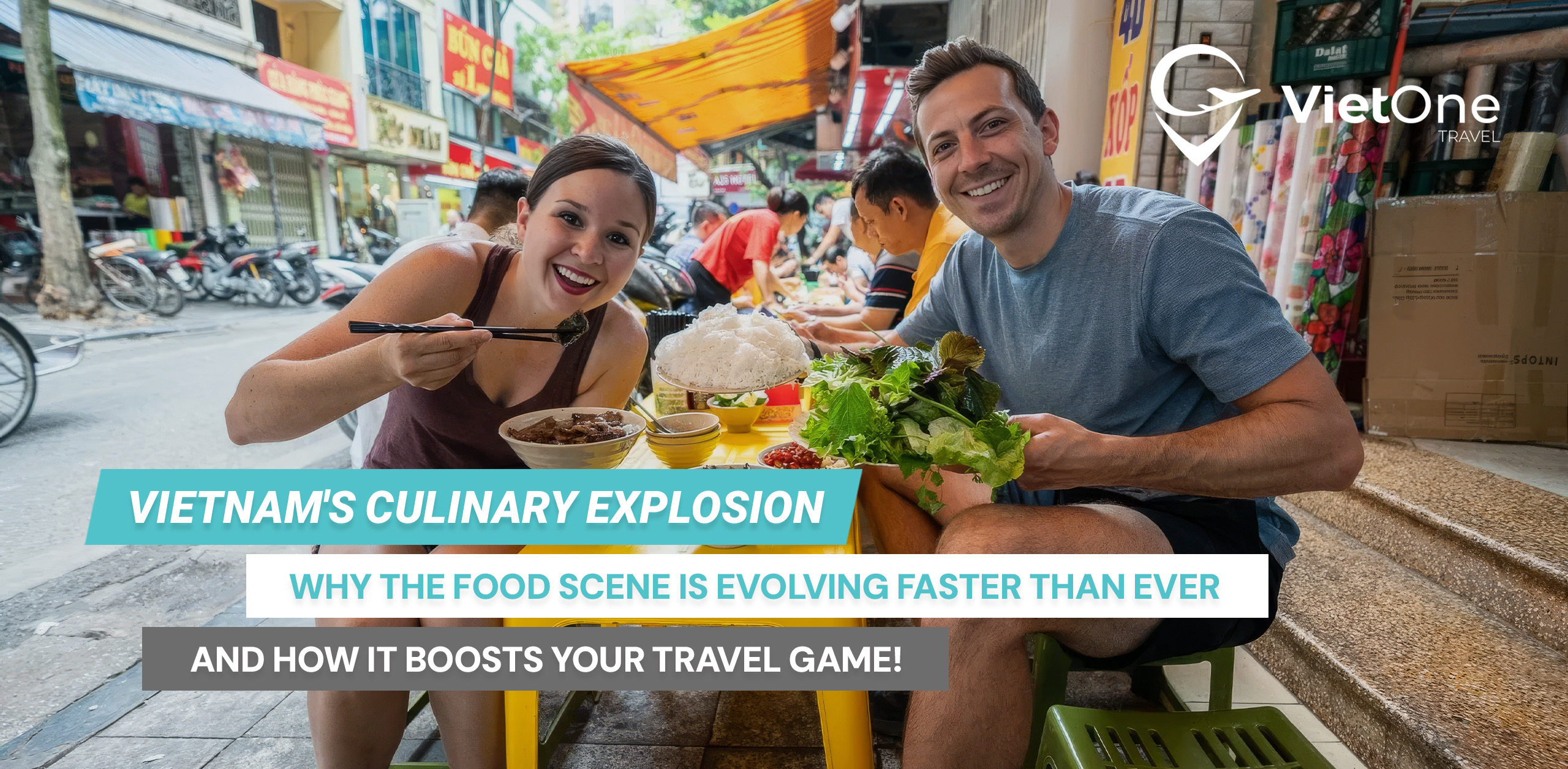Vietnam’s beaches have long been a favorite for savvy travelers—but big changes are coming. With upgraded infrastructure, fresh government policies, and a wave of new investments, Vietnam is working hard to turn its 3,000 km coastline into one of Asia’s most dynamic travel playgrounds. If you’re a travel agent or tour operator, now is the time to take a closer look at what’s unfolding along the shore.

A coastline with untapped potential
Despite drawing more than 60% of the country’s tourism revenue, Vietnam’s coastal regions still have room to grow. Destinations like Da Nang, Nha Trang, and Phu Quoc are well-known, but the country’s strategy now goes beyond these established hubs. The goal? To open up lesser-known provinces, diversify visitor experiences, and make coastal tourism a cornerstone of the national economy by 2030.
How the government plans to make waves
Vietnam’s Ministry of Culture, Sports and Tourism is taking concrete steps to unlock the coast’s full potential. Their action plan includes:
- Building better connections between coastal provinces via airports, roads, and cruise ports
- Developing “marine tourism clusters” that group destinations around shared themes and ecosystems
- Encouraging investment in sustainable resorts, eco-adventures, and cultural tours
- Training local communities to participate in—and benefit from—tourism growth
This isn’t just talk: new resorts are already rising in places like Binh Dinh and Quang Nam, and new sea routes and cruise itineraries are drawing attention.

What this means for travel agents
With Vietnam actively reshaping its coastal tourism offering, travel professionals can get creative with how they promote the destination. Some ideas include:
- Multi-stop coastal journeys that link together different regions: for example, Hue–Hoi An–Nha Trang–Phu Quoc
- New takes on classic beach holidays: island-hopping, sunrise tai chi, or sea-to-table culinary experiences
- Off-radar gems for repeat visitors: fishing villages, sea caves, or nature reserves unknown to mass tourism
These developments also support a wide range of clientele—from honeymooners and retirees to incentive groups and adventure travelers.

Opportunities and challenges ahead
To succeed, Vietnam will need to balance development with sustainability. Waste management, coral protection, and equitable growth are part of the long-term conversation. The good news? Many of the new investments already incorporate green design and community-based tourism models.
Better international flight connections, streamlined visas, and targeted marketing are also on the agenda—making the country even more accessible to European, North American, and Middle Eastern travelers.
The bottom line
Vietnam’s coastline isn’t just growing—it’s transforming. And that means more opportunities for tour operators to offer creative, high-value packages that go far beyond the beach towel.
If you’ve been selling the same Vietnam beach escapes for years, this is your sign to update the offer. New experiences, new access, and new demand are coming fast.
Want help designing a Vietnam coastal itinerary for your clients?
VietOne Travel can help you craft bespoke journeys along the country’s evolving coast—combining comfort, culture, and just the right splash of adventure.
Let’s make Vietnam’s shorelines your next success story.





